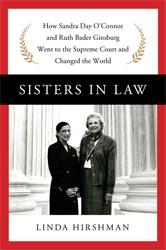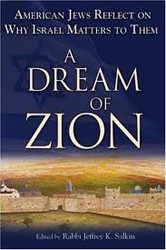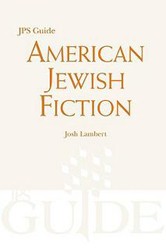Harry Houdini is arguably one of the most famous magicians and illusionists of all time. However, what many people don’t know is that Houdini was also interested in the idea that spirits might be able to communicate with people after death, explains Deborah Noyes in her new book, The Magician and the Spirits. He was “preoccupied with things the eye can’t see,” she writes.
While Noyes offers insight into Houdini’s early years as he tried to make it on the show business circuit with his wife and early costar, Bess, and briefly discusses his Jewish background, she focuses mostly on Houdini’s fascination with spirit communication. The Magician and the Spirits takes readers through his research of the paranormal as he visits mediums, attends séances, and more in his search to uncover the truth. Noyes also touches on the origins of the Spiritualist movement and the various tricks and tactics employed by fraudulent psychic mediums. Particularly after the death of his beloved mother, Houdini abhorred how grieving people were preyed upon by psychics. The author describes an instance when Houdini joined his friend, the author Sir Arthur Conan Doyle and his wife, Lady Doyle, at a séance. While Lady Doyle claimed to be receiving a message from Houdini’s mother, she drew a cross, horrifying Houdini, as his mother was Jewish and the wife of a rabbi. Despite his skepticism, Houdini wanted to believe, keeping an open mind even up to his death.
Supplemented with quotes, interesting sidebars, and archival photos, this is an enthralling, impeccably researched work of nonfiction.
Recommended for ages 10 and up.





